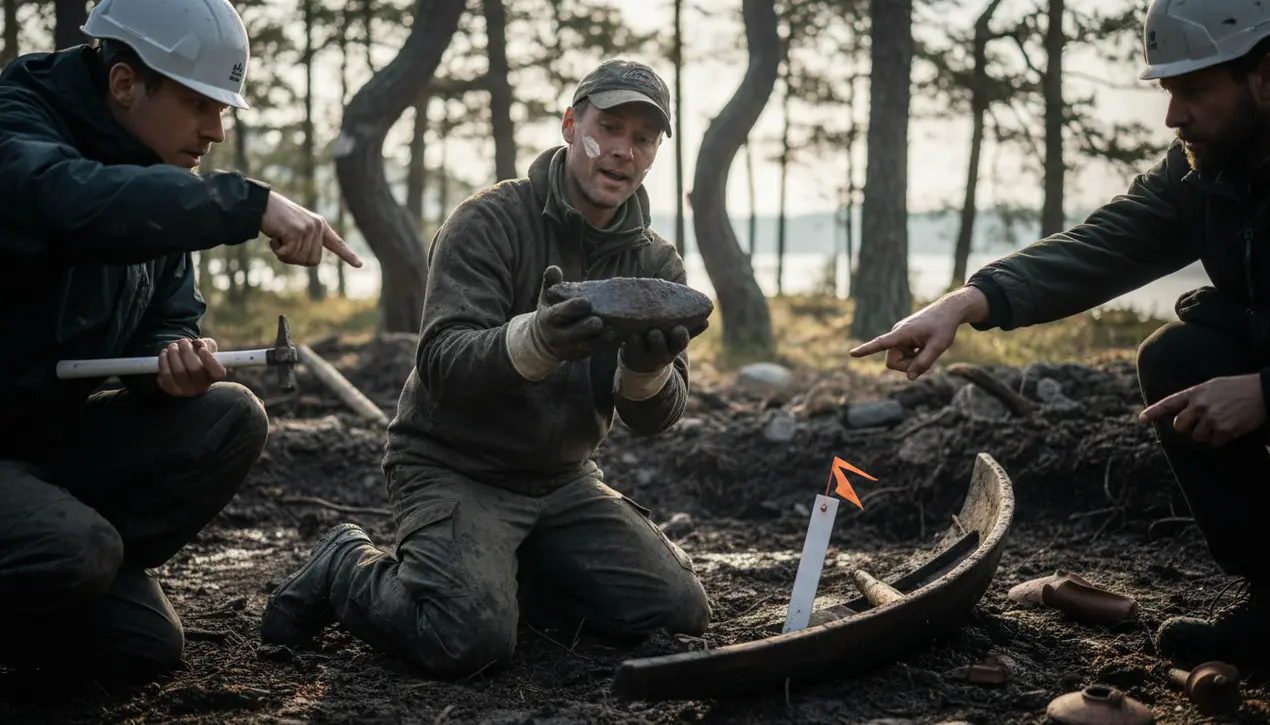
SciencearchaeologyArtifacts and Preservation
Swedish Metal Discovery Forces a Rewrite of Iron Age European Trade
TH
Thomas Green
2 hours ago7 min read
A single, unassuming metal ingot discovered in Sweden is dramatically reshaping our perception of Iron Age Europe, revealing a continent far more interconnected than previously believed. Initially misidentified as a common Bronze Age object, advanced chemical and isotopic analysis has proven the artifact is definitively from the Iron Age.More remarkably, its unique elemental signature is a precise match for metalwork originating hundreds of miles away in modern-day Poland. This finding delivers conclusive evidence of a sophisticated, long-distance trade network spanning the Baltic Sea, a route once thought too perilous for regular travel.The ingot's journey from a Polish forge to a Swedish settlement illustrates a complex prehistoric supply chain, challenging the long-held view of isolated and insular Iron Age communities. This trade corridor would have facilitated the exchange of not only raw materials and goods but also revolutionary ideas, technologies, and cultural practices.The discovery fundamentally alters our understanding of the era's technological and logistical capabilities, suggesting the maritime expertise that characterized the later Viking Age had deep roots in these earlier, ambitious cross-Baltic ventures. This collaboration between archaeology and hard science demonstrates how a single artifact, when subjected to modern analysis, can overturn historical narratives and illuminate the profound interconnectedness of the ancient world.
#featured
#archaeology
#Iron Age
#Sweden
#Poland
#trade networks
#scientific analysis
#ancient history
Stay Informed. Act Smarter.
Get weekly highlights, major headlines, and expert insights — then put your knowledge to work in our live prediction markets.
Related News
Comments
Loading comments...
© 2025 Outpoll Service LTD. All rights reserved.